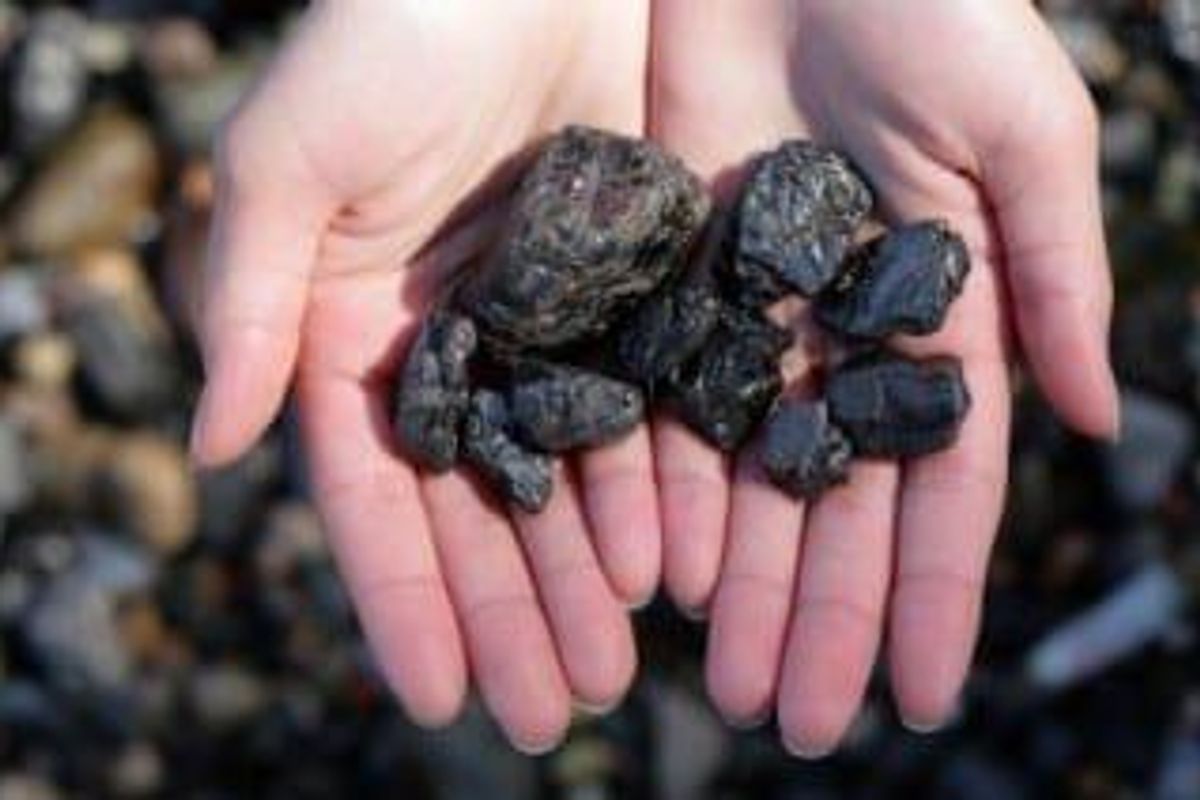
Coal upgrading technologies have gotten plenty of attention as of late in light of recent changes in the U.S..
The United States has recently ratified its climate agreement to lower carbon emissions regulations, and other countries around the world are doing the same. With that in mind a number of companies have been focusing on improving the value of low-rank brown coal or lignite coal.
These companies take varying approaches, but in general, the main goal is to remove moisture and pollutants, raising the coal’s calorific value to be more in line with that of high-grade coal. That potential change in calorific value is in itself a strong incentive to upgrade coal, but there are environmental considerations as well.
Burning brown coal typically releases high levels of carbon and other pollutants, but upgrading coal reduces these pollutants and lowers carbon emissions. Indeed, brown coal can be even more clean-burning than black or high-grade coal in some cases. Furthermore, an upgrade can also help with transportation issues for coal. Lignite is difficult to move over long distances, but upgraded low rank coal is easier to transport.
Methods of coal upgrading
Coal upgrading technologies have existed for over a century, as the first coal upgrading process was put into operation over 100 years ago in 1855. That method took the form of drying and pressing brown coal at the von der Heydt mine in Ammendorf, Germany, with a patent for a pipe dryer to dry brown coal first being registered in 1884.
As an article in World Coal notes, four traditional examples of technologies used to dry or upgrade coal include hot gas drying, steam drying, hydrothermal dewatering and mechanical thermal expression.
Hot gas drying involves flushing coal with hot flue gas. More specifically, the permitted method of this method is called flash mill pre-drying. That process involves milling and drying raw coal at once in a mill that is aerated by hot flue gas from the upper levels of a furnace changer. Although it is listed as a major coal upgrading technology, hot gas drying is not an efficient method for upgrading coal.
In a steam drying process, low-grade coal can be dried through contact with steam-heated plates or other steam-heated surfaces. Steam drying through direct contact is also possible, though less common.
Hydrothermal dewatering has been a commercial coal upgrading process since the 1920s. It involves steam treatment in autoclaves, to remove moisture from coal. As with hot gas drying, this method is not ideal as it produces wastewater that is high in contaminants.
The mechanical thermal expression method of coal upgrading presses coal to remove water and speed up sun drying. However, it is difficult to mechanize the process and it has limited current commercial applications.
Though these traditional methods have drawbacks, the numerous environmental and economic incentives connected with coal have lead to extensive research and development in this area. Developments include Environmental Clean Technologies Ltd.’s (ASX:ESI) Coldry Process, and German based ZEMAG‘s well established Clean Energy Technology for upgrading coal.
Still, the need for more affordable, efficient and environmentally friendly coal is driving companies around the world towards the upgrading space. Newer companies are constantly improving upon existing technologies in order to seek out better ways to upgrade coal, and coal investors may certainly be interested in these types of companies and their growing importance for the energy markets.
Companies working on coal upgrading technology
Agritrade Resources Limited (HKG:1131) works with PT Total Sinergy International, an Indonesian technology company, to create new coal upgrading technologies. So far, the two companies have created Geo-Coal technology, which is patent pending worldwide.
Geo-Coal Technology reduces free and inherent moisture in coal, making it less likely to re-absorb moisture. The technology also increases the calorific value of the material and makes it easier to transport and handle.
Agritrade Resources acquired several oil tankers in 2015 to expand its shipping operations.
TMS Energy (TSXV:TMS), has a unique upgrading method that uses microwave technology to reduce moisture in coal as well as bio materials. The process allows coal-fired electrical generating utilities to switch to low-grade coal with no change in their infrastructure, presenting significant cost savings.
TMS’s microwave technology also reduces most greenhouse gases and mercury found in low rank coal. Furthermore, coal-burning utilities can also expect increases in boiler efficiencies, heat output and ash efficiencies with the use of TMS’s technology.
TMS completed construction of its commercial scale facility in June 2016.
Finally, White Energy Company (ASX:WEC) has patented a mechanical BCB coal upgrading process that consists of five steps including raw coal preparation, hot gas generation for raw coal drying, raw coal drying, briquetting of dry coal and briquette storage and transport.
Notably, the briquettes produced by the process are held together by coal’s own natural bonding mechanisms, and do not contain the binders normally used to briquette coal. This is important, as these binders can create unnecessary waste emissions.
The upgraded coal that White Energy produces is valuable in that it can be used interchangeably with other ranks of coal, requiring changes in infrastructure for users such as power stations.
Don’t forget to follow us @INN_Resource for real-time news updates.
This article was originally published on June 30, 2014.